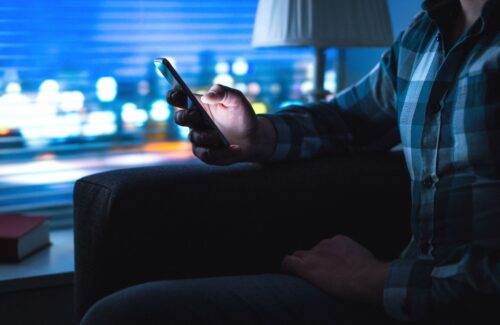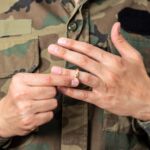Under the Protection of Children Act 1978 and the Criminal Justice Act 1988, taking, possessing, or sharing sexualised images of any person under the age of 18 is a criminal offence, this why the police were so interested in the accusation that the BBC presenter Huw Edwards paid a teenager thousands of pounds to pose for sexually explicit photos, beginning when they were 17 years old. Of course, the police have ceased any investigation presumably as they could not find any evidence of the crime, and as the purported victim denied that any such accusation was true.
Nevertheless, non-contact sexual abuse is increasing and includes torts such as taking indecent images of an unknowing victim, getting a victim to send sexual images and misusing sexual images sent willingly.
When there is abuse there are various civil actions for compensation available to the Claimant.
Action: The intention to inflict harm.
If one manipulates or forces another to send indecent images of oneself an action can be brought for this Tort. It should be noted that the tort can be made out if one can show that actions whose consequences or potential consequences are so obvious that the perpetrator cannot realistically say that those consequences were unintended is sufficient to show the intention to inflict harm. So in ABC v WH & Whillock [2015] a teacher who emotionally manipulated a pupil to send indecent images of herself to him and engaging in sexual banter in text messages should have been aware that it would have caused emotional harm to the pupil if these images were ever publicised.
Action: Misuse of private information.
If one sent sexual images to another expecting the images to be kept private and they are then published an action for Misuse of private information can be brought. When seeking to bring an action for such tort it should be born in mind that the Claimant can argue under Article 8 of the European Convention of Human Rights the right to respect for private and family life can be brought, hence the claim should be issued within 12 months of the date of the cause of action.
Action: Breach of Copyright.
If you take a photograph of yourself, you automatically own the copyright to that image irrespective of artistic quality.
Therefore, the photographer has the exclusive right to issue copies of it to the public. If someone else issues/publishes copies of your photograph an action can be brought in this tort. It is, however, of limited use as the damages will be limited to the amount by which the value of the copyright has been diminished, therefore in such cases a nominal amount is usually awarded to reflect the fee that would be negotiated between a willing copyright owner and a newspaper.
Proceedings for such actions are limited as they can only be brought against the individual tortfeasor or the institutions who afforded tortfeasor the opportunity to carry out the acts if vicarious liability can be made out.
Such a claim is not yet viable under the Government’s Criminal Injuries Compensation Authority scheme as to be eligible under that scheme one must be the direct victim of a crime of violence, a threat causing fear of immediate violence in circumstances which would cause a person of reasonable firmness to be put in such fear, a sexual assault to which a person did not consent, arson, or being present at and witnessing an incident, or the immediate aftermath of an incident, as a result of which a loved one sustained a criminal injury.
If you have been the victim of any type of abuse, you may be entitled to compensation.
Please telephone and speak to a member of our Assault and Abuse team on 0113 284 5000 for free confidential advice.


















